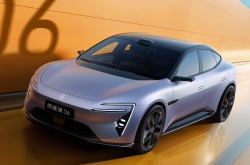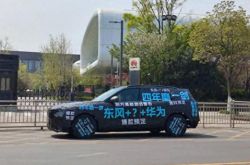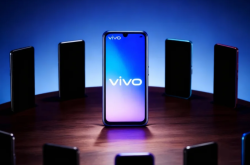Li Auto Refuses to Enter ICU
![]() 11/28 2025
11/28 2025
![]() 566
566

Author: Xu Zhi
Editor: Wu Xianzhi
In the capital market, the timing of 'submitting results' can sometimes be directly proportional to the quality of performance. Li Auto has often been an early submitter in the past, but it was somewhat late in the third quarter, even a day later than NIO.
On November 26, Li Auto released its third-quarter financial report, showing significant year-over-year declines in core data such as delivery volume, revenue, and profit. Revenue was RMB 27.4 billion, down 36.2% year-over-year; profit performance was even more dismal, with a net loss of RMB 624 million, compared to a net profit of RMB 2.8 billion in the same period last year.
More severe (severe) was that as the traditional peak season for car sales, Li Auto's delivery volume in the third quarter was 93,211 units, not only down nearly 39% year-over-year but also down more than 16% sequentially. In contrast, the same periods in 2023 and 2024 saw increases of over 20% and 40%, respectively.
Another unfavorable signal is that the hot-selling i6 has the 'lowest gross profit margin' among Li Auto's entire product lineup. This means that Li Auto's currently only temporarily robust gross profit margin for car sales (excluding the estimated cost of MEGA recalls, with a quarterly gross profit margin of 20.4%) will continue to face pressure in the future.
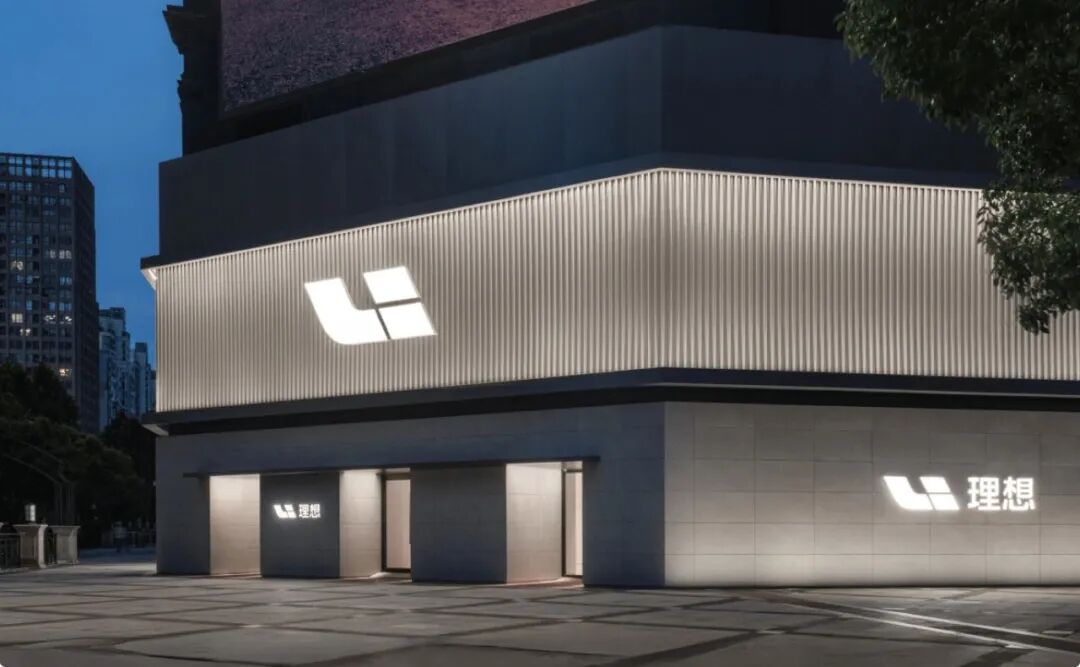
Against the challenging backdrop of the loosening advantage of extended-range vehicles and the inability of pure electric products to fully take on the main responsibility, the significance of Li Auto going all-in on AI is becoming increasingly prominent. If persisting with extended-range vehicles was Li Auto's first major choice, then now Li Auto is once again at a crossroads, with an even stronger gamble.
The difference is that AI faces far less controversy than extended-range vehicles and is much more important to Li Auto. This will be a long-term theme running through the entire company—extended-range vehicles represent a 'tactical' crossroads, while AI represents a 'strategic' crossroads.
Since first clearly transitioning to AI at the end of last year, Li Auto has demonstrated a determination to burn its bridges, continuously exerting effort in areas such as R&D investment, technological layout, and organizational structural adaptation. The most typical manifestation is that Li Xiang no longer manages daily car manufacturing operations, focusing instead on AI and top-level strategy as 'tomorrow's ammunition,' while 'today's bread' is fully entrusted to Ma Donghui.
The challenges Li Auto faces include, on one hand, the far more intense competition in the AI sector under a highly unified consensus compared to the extended-range vehicle competition of the past, making it extremely difficult for Li Auto to break through. On the other hand, AI is more of an infrastructure value for Li Auto, making it difficult to effectively contribute to profits in the short term, still requiring sustained 'blood transfusions' from the main car sales business.
Breaking Through During the Pure Electric 'Shift Period'
Extended-range vehicles are Li Auto's foundation and the 'logistics provider' for the long war. The significant decline in third-quarter financial report performance has an obvious drag on financial data and stock prices, with potential hidden dangers lying in whether there is sufficiently strong and sustained 'hematopoietic capacity' to support the comprehensive implementation of AI.
In fact, Li Auto faintly (vaguely) touched the 'ceiling' of extended-range vehicles early this year. The core reason is that after several years of development, extended-range vehicles have become a highly mature and heavily homogenized sector. Just like the fuel or plug-in hybrid markets, when the technologies and configurations of various companies have narrowed significantly, 'price competition' will become an inevitable competitive outcome.
Li Auto obviously cannot avoid this either. As more and more competitors 'cross the river by following Li Auto's example' and establish their own characteristics, Li Auto's first-mover and innovation dividends in the extended-range vehicle sector and 'refrigerator, TV, large sofa' configurations have already faded. With comprehensive sniping from AITO above and the rapid rise of 'half-price Li Auto' Leapmotor below—lacking Huawei's brand appeal moat and Leapmotor's extreme cost-effectiveness, 'living in the cracks' is a dilemma Li Auto has to face.
The refresh and facelift of the entire L series in May this year also failed to halt the downward trend. From the comprehensiveness of upgrade dimensions, the breakthrough nature of core technologies, and the inclusiveness of configuration rollouts, this facelift can be considered the 'strongest in history' for the L series, with no change in price. For example, the Pro version was upgraded from Horizon J5 to 6M, and the Max version directly used NVIDIA Thor with 700 TOPS of computing power, the 'chip king.' Other aspects such as the chassis, range, and cabin also saw varying degrees of upgrades.
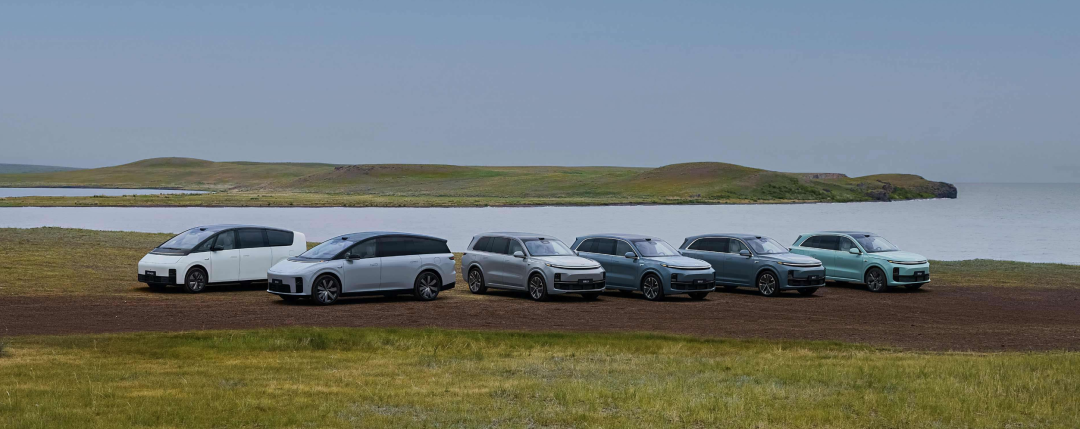
If viewed solely from Li Auto's own perspective, its decline is not entirely unacceptable. However, when compared to its old rivals, the contrast of 'one advancing and one retreating' is even more pronounced. Since the beginning of this year, Li Auto has lagged behind XPeng in sales for multiple months. Starting in August, Li Auto was surpassed by NIO for three consecutive months—in the same period last year, Li Auto's monthly sales were about twice or more than those of these two companies.
Not long ago, Li Auto's market capitalization was surpassed by XPeng. Corresponding to this year's stock price performance, NIO and XPeng have risen more than 30%, while Li Auto has fallen nearly 10%.
To cope with sales and inventory pressure, Li Auto had to resort to its final weapon—price reductions. Starting in October, the L series underwent a round of significant terminal price reductions, with a combination of cash subsidies, trade-in, and insurance subsidies, reaching a maximum reduction of RMB 45,000. At the recent Guangzhou Auto Show, Li Auto also planned to continue upgrading intelligent configurations, including pushing innovative VLA charging and defensive AES to AD Max models and urban NOA functionality to AD Pro models.
At the same time, Li Auto's pure electric products have not fully taken on the burden of the L series. The i8 fell short of expectations, the i6 faced question (doubts) of 'trading price for volume,' and although the MEGA is on an upward trajectory, the user base in this product segment is small, and the recent fire accident was undoubtedly a heavy blow. At least in the short term, pure electric products cannot replace extended-range vehicles as Li Auto's main sales force or even fill the gaps left by extended-range vehicles.
Therefore, Li Auto's AI strategy feels somewhat like a last-ditch effort. In the fiercely competitive automotive sector, AI may be the only breakthrough point.
AI Strategy 'Reconstructs' Li Auto
At a closed-door strategic meeting in mid-October, Li Auto reflected on issues such as sales decline, R&D, and products, admitting for the first time both internally and externally that 'efficiency has slowed.' At the same time, it dedicated a day to discussing how to invest in AI, focusing on early and increased investments and 'the need to deliver more convincing results.'
Li Xiang has repeatedly stated that 'organizational capability is Li Auto's core competitiveness.' To implement the AI strategy, Li Auto has made multiple top-down team and structural adjustments this year.
On November 11, Li Auto announced an organizational adjustment, integrating the Organization Department and Human Resources, two first-level departments, into Human Resources, which was incorporated into the Product and Strategy Group, with Yang Haishan as the person in charge (person in charge), directly reporting to Li Xiang. This transformation represents Li Auto's human resources returning from the financial system to the strategic system.
Although Li Auto responded that it was just a 'normal organizational adjustment,' it is strongly related to Li Xiang's hope of better promoting the AI strategy and can be seen as safeguarding the AI strategy at the human resources structural level. For example, in terms of the supply of core AI talent, human resources can be deeply bound to strategic considerations. Some views also suggest that this move may be related to the loss of core AI talents such as Xia Zhongpu and Jia Peng from Li Auto.
Previously in September, Li Auto reorganized its autonomous driving department, splitting it into 11 flattened second-level departments, including splitting the previous model algorithm, mass production R&D, and data closed loop (closed-loop) teams and adding an innovation business department. Li Auto's technology 'leader' Lang Xianpeng clarified the purpose of this adjustment in an internal letter, 'to achieve technological breakthroughs and product rollouts at a faster speed and higher quality, enabling the autonomous driving organization to continuously evolve towards an AI organization.'
Earlier still, Li Auto completely abandoned Huawei's PBC system and re-adopted the OKR management model, with a number of Huawei-system executives gradually fading out of the core management team. On the surface, this was a return to the 'Li Auto genes,' abandoning aggressiveness and embracing the long term while breaking down departmental barriers. From the perspective of the AI strategy, this may also be to align with the long cycle and trial-and-error nature of AI R&D.
Overall, Li Auto is attempting to create a 'liquid organization' collaboration model: borderless, highly synergistic, and self-driven. Therefore, these various organizational structural changes are more like 'evolution' than adjustment, with all purposes pointing towards ensuring the efficient execution and rollout of AI business.
The effects of a series of transformations are also evident, including shortening the iteration cycle of the VLA model from several weeks end-to-end previously to just a few days; transforming the decision-making chain from multi-level approvals to flattened reporting, with important decision-making times shortened from weekly to within one day.
On November 25, Li Xiang stated on social media that Li Auto would release smart glasses, 'Li Auto AI glasses are Li Auto's best artificial intelligence accessory.' Additionally, Li Auto AI speakers are also under consideration, hoping to achieve more comprehensive coverage of Li Auto's AI capabilities among Li Auto car users.
The 'Sprint Race' for L3 Positioning
Unlike XPeng's 'diversified blossoming' in areas such as robots and flying cars, Li Auto's AI strategy is more focused and pragmatic, mainly concentrated on three major sectors: the assisted driving VLA system, the intelligent cabin MindGPT large model, and AI infrastructure such as the Xinghuan OS.
Among these, VLA is Li Auto's core bet for victory. Li Xiang mentioned that VLA is Li Auto's 'driver large model,' not a replacement for end-to-end systems but rather a fusion of end-to-end + VLM, aiming to become 'AI that works like a human driver.'
It should be noted that this is infrastructure construction that is difficult to achieve breakthrough progress in the short term and does not have a significant 'auxiliary' effect on car sales. For the current top intelligent driving players, except for professional evaluation personnel and the relatively objective standard of 'takeover rate,' ordinary user evaluations are quite subjective, making it impossible to say whose experience is significantly better; more often, they have their own advantages and disadvantages in different scenarios.
Therefore, the 'sprint race' is more about the industry level than the user experience level.
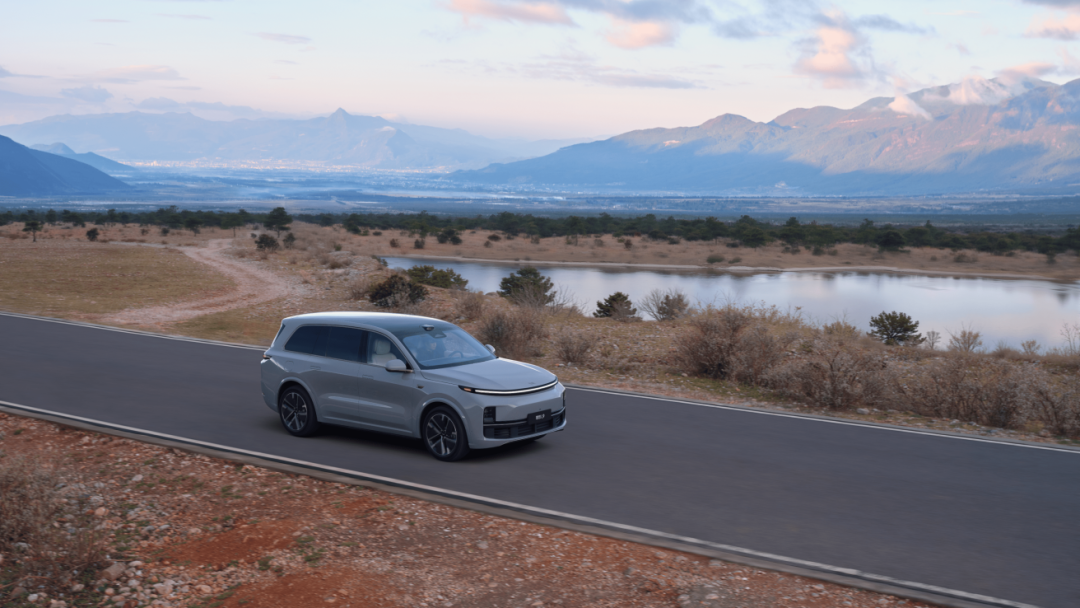
There has always been a debate over technological routes in the intelligent driving field. The early dispute between lidar and pure vision solutions has not yet reached a unified consensus, and the VLA that Li Auto and XPeng are heavily betting on has also diverged from the 'world model' insisted upon by Huawei and NIO. Jin Yuzhi, the head of Huawei's Automotive BU, believes that VLA is a 'clever' route.
It is difficult for us to judge the correctness of technological routes; the final effects need to be tested by time and users. The focal point of controversy among various companies, besides differences in philosophies, is more importantly to secure a 'leading position' for the upcoming L3 era.
In September, L3 models received 'conditional' production approval for the first time, with nine automakers including Changan, BYD, and NIO obtaining the first batch of pilot qualifications. Seres, Zeekr, Chery, and Dongfeng also quickly obtained 'entry tickets.'
Just like the previous competition in end-to-end and mapless NOA, a new stage of intelligent driving competition has fully begun. Li Auto, widely regarded as being in the 'first tier' of the industry, has the advantage of early layout and immense determination, but faces challenges similar to those in the extended-range vehicle sector, trapped between Huawei internally and Tesla externally.
In the past, compared to other new forces, Li Auto, which achieved profitability early, also had a stable 'blood supply' capability. However, now the situation has changed, with the foundation declining and AI investment increasing significantly. The pressure Li Auto faces may be no less than that on the extended-range vehicle route in the past.
This year, Li Auto expects R&D investment to reach RMB 12 billion, the highest among new car-making forces. Specialized AI investments account for 50%, far higher than the industry average. Although the investment scale is already substantial, Li Auto still focuses more on 'precise investment' rather than 'widespread investment,' which is also reflected in the investment ratio in the AI field and the focus on the VLA large model.
In the past, extended-range vehicles were a multiple-choice question, while now AI is a final application question. Li Auto is one of the earliest players to start answering, but whether it can 'submit results' early again depends not only on the sustainability of funds and the progress of technological breakthroughs but also on whether it is on the correct path.

